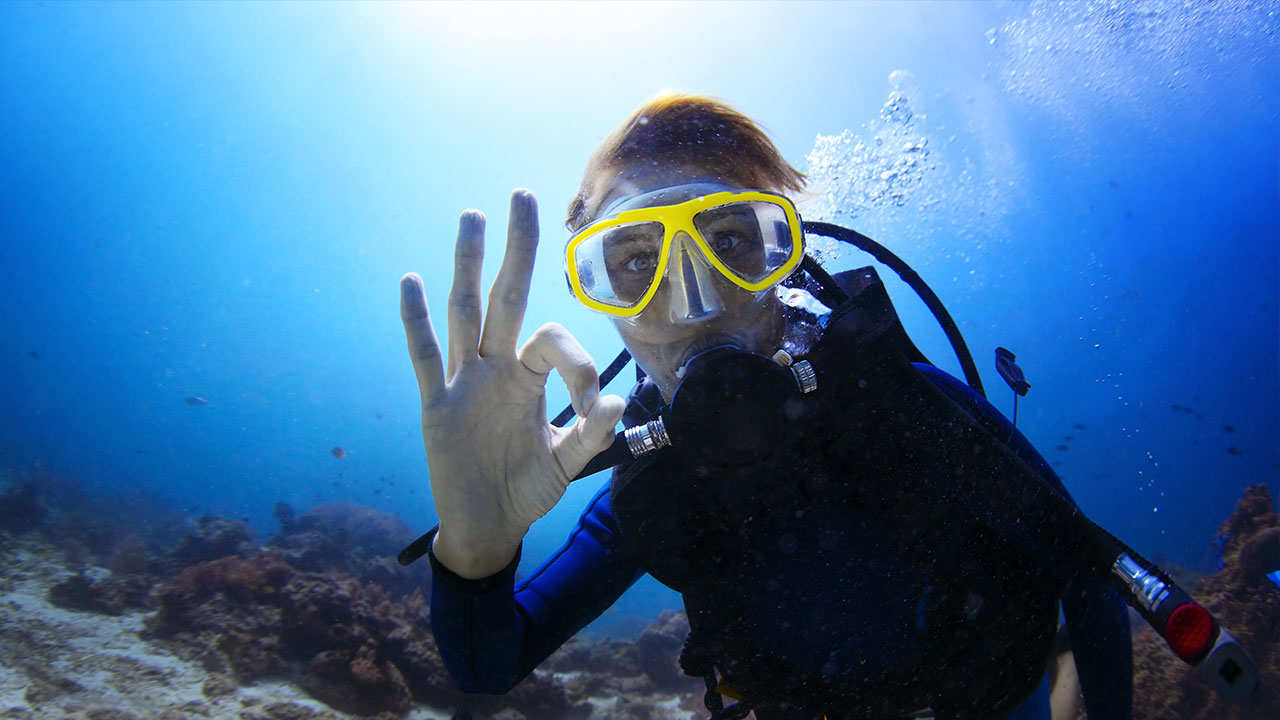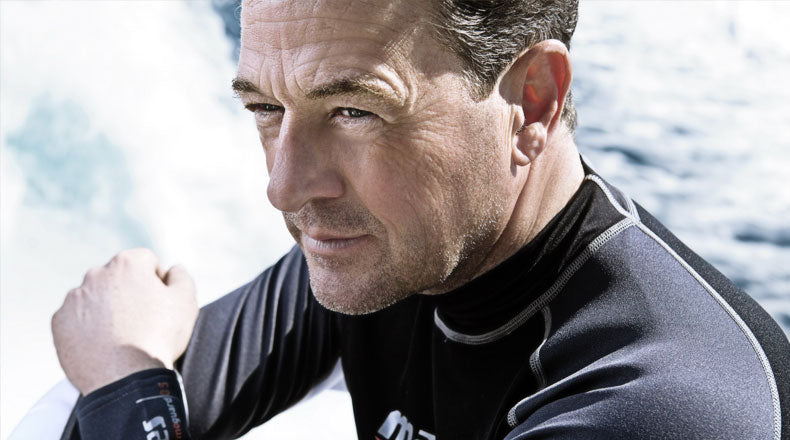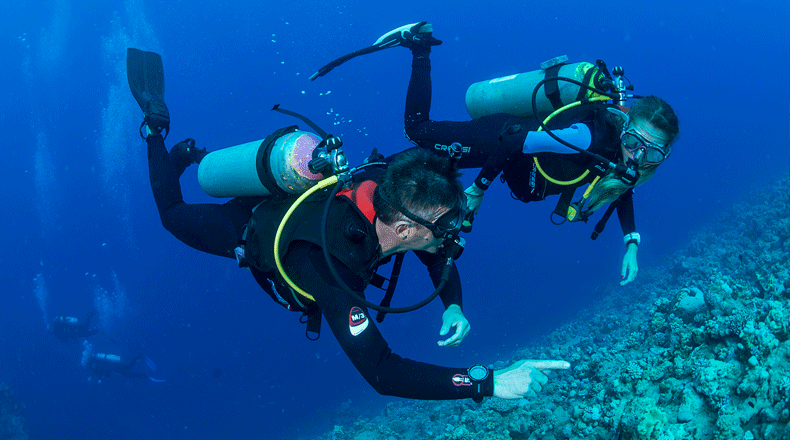What to Do When You Surface Away From the Boat

Last week we have discussed one of the most critical parts of each dive - safe ascent (in case you have missed the article on the topic, you can find it here). If you plan your dive properly, keep your navigation skills sharp, perform all the necessary safety stops and keep an eye on any possible obstacles ahead, you will be able to have a smooth ascent and reboard your boat safely. However, for one reason or another, you may encounter difficulties once you surface. So today we have decided to go one step further and direct our attention to yet another important but often overlooked question - what do you do if you surface too far away from the boat?
While the situation itself is not an emergency, handling it poorly may lead to some unpleasant and even dangerous consequences. Accidents do happen, however, the key is to stay calm and in control of yourself. Panic may cause overexertion, hypothermia and very bad decision making.
As we all know, the best solution to any problem is trying to prevent it. So, if you are an inexperienced diver or are unsure of your navigation skills, we strongly recommend you dive only in the close vicinity of the boat. Because the boat can take you right to the dive site, generally, you can have an enjoyable dive with the comfort of knowing that the boat is only a short ascent away.
Many dive operators provide a weighted descent line that hangs to the depth of 15-20 feet (4-6 m) near the stern of the vessel. You can use this line as a reference or even a handhold both when descending and ascending. Alternatively, the anchor or a mooring line can also aid you on the way up. If you do use a line to ascend, keep the following pointers in mind:
- ascend to the side, bow or stern of the boat instead of directly beneath it;
- avoid ascending beneath the hull, boat ladders or a swim platform;
- raise your hand up to vent the air from your BC and protect your head.
In case you couldn’t prevent the problem and found yourself too far to swim back to the boat, you need to relax and perform a few simple steps to get yourself noticed and rescued.
1. If you are in a strong current, don’t exhaust yourself trying to fight it, rather direct your energy and attention at trying to alert the boat crew about your situation.
2. Inflate your BCD and drop your weights, if necessary, in order to get buoyant. Don’t put too much air into your BC, as it may squeeze your chest or push you face up/face down. Also, remember to keep your regulator or snorkel in your mouth and your mask on.
3. Use visible and audible signaling devices to get help. There is a variety of different devices that will help you to get noticed, including safety sausages, signal mirrors, air horns, whistles, etc. Because most of them are quite small, it is best to carry a few different ones with you during every dive to maximize your chance of quick rescue. If you use an inflatable signal tube, make sure to hold it vertical and as tall as possible. When using audible devices, point your horn or whistle in the direction of the boat, and signal at regular intervals.
4. Once spotted, communicate with the boat crew effectively. If you are alright and don’t need immediate assistance, give a two-arm surface OK to the boat (extend both arms overhead with fingertips touching above the head to make a large “O” shape) and after the crew has seen you, raise your surface maker or a brightly colored fin. Otherwise, if you are in danger, show the distress sign by waving your hand quickly from a horizontal position to a position overhead.In case there is another boat closer that can pick you up, make sure to explain your situation to the crew of the new boat and ask them to pass the word along to the team you were originally diving with.
5. Stay comfortable, warm and calm, until the boat picks you up. In some cases, you will have to wait for a while even after the boat crew notices you, as the boat can’t leave the spot until all other divers climb on board. This is not the reason to worry, though, stay relaxed, use the Heat Escape Lessening Posture (hold your knees close to your chest with your arms), if you feel that you are getting cold.
Remember, all possible risks connected with surfacing away from the boat can be avoided if you handle the situation correctly.




